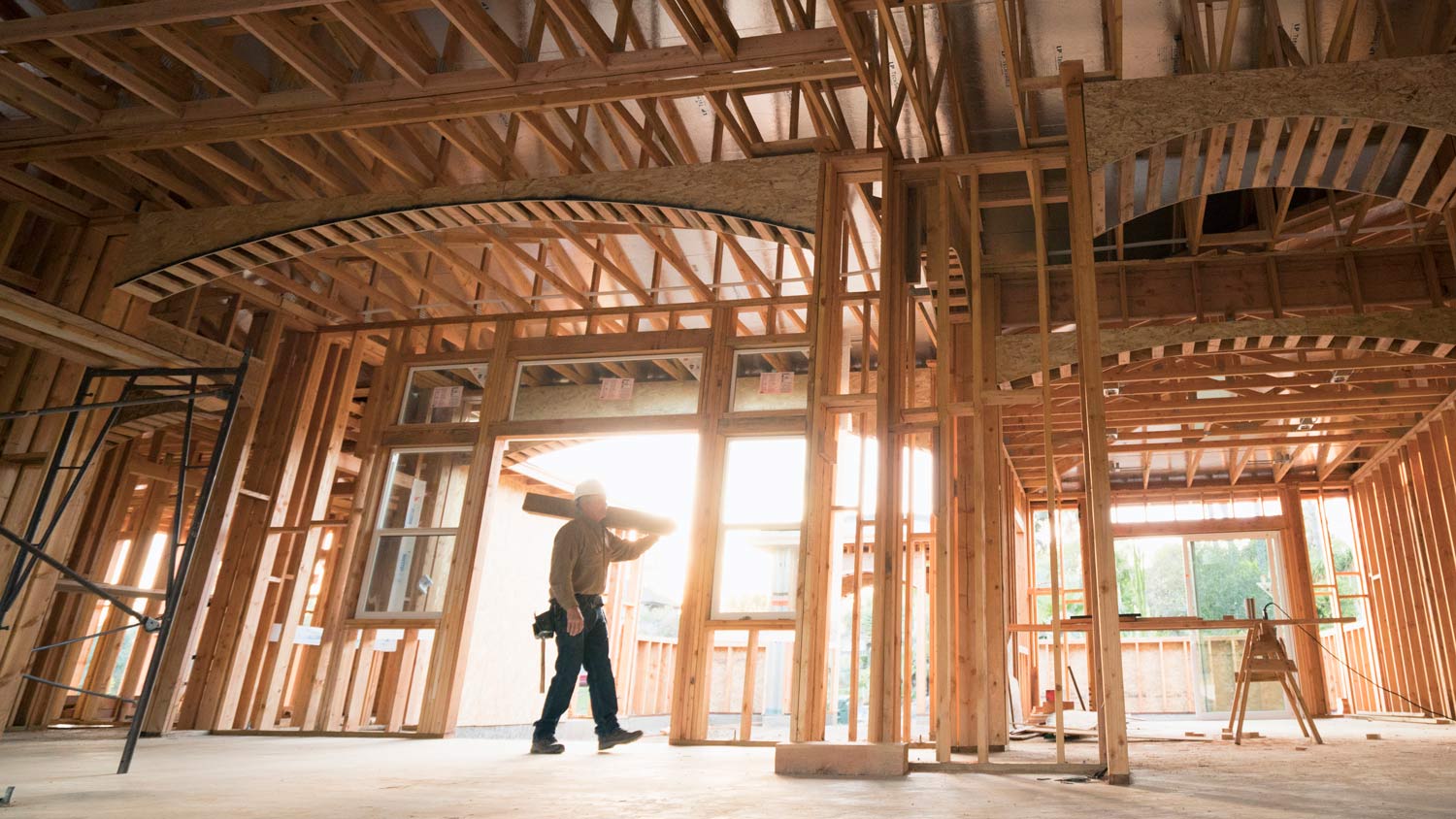
Get the facts on the cost to build a barn. Learn what impacts barn construction prices, from materials to labor, and how to budget for your project.
With these tips, you can build your dream home without breaking the bank


A new construction home isn’t cheap, but the investment is certainly worth it in the end. Building a house on a budget doesn’t necessarily mean you have to settle for less. There are several things you can do to cut costs while still building everything you’ve always wanted. Don’t worry; those dreamy walk-in closets and spacious kitchen counters aren't out of reach.
Budgeting helps you stay on track throughout the new home-building process. If you have a financial advisor, check in with them. If not, look closely at your finances and determine how much you can afford to spend on a house.
Without sticking to a budget, you’ll easily overspend. Itemize your budget and bring it with you when shopping for materials and products. When tempted to purchase fancy countertops, reference your budget to resist overspending.
Labor costs can skyrocket quickly. Contractors definitely come in handy when building a house—a professional can help tremendously with anything from installing your plumbing to installing your exterior siding. That said, opt for a DIY solution whenever possible throughout your home-building project to cut down on labor costs. DIY-savvy homeowners can:
Assemble furniture
Install light fixtures
Every bit of square footage matters when building a house. As its size increases, so do costs. Determine how much space you and your family actually need to be happy and healthy. For a small family, opting for a basic one-story home instead of a mansion will reduce the cost to build a house while still allowing for room to spread out. But if you have three kids and two dogs, plus you love hosting dinner parties on the regular, we understand if you want some extra space. The point here isn’t to skimp to end up with less than you need, but to put thought into what will and will not work for you.
Custom blueprints from a professional designer or architect are an extra cost you can eliminate by using a premade house plan instead. There is a wide variety of stock plans out there, so you’re bound to find one that fits your vision. Some companies even offer limited customization services for a small fee if you want to have some control over your floor plan.
Look for wholesale retailers instead of purchasing products, like cabinets and doors, at retail stores. Retail prices can be significantly higher than wholesale ones. Wholesale products do often require you to assemble or paint them yourself.

Hire a reputable contractor or builder who can build your dream home correctly and ensure that everything is in working order. This will prevent expensive future repairs down the line if you hire an inexperienced contractor who makes errors along the way.
When searching for the right contractor for you, get multiple quotes. Choose the one that gives you the most bang for your buck. Ask your friends or family members for builder recommendations or search for a home builder near you.
Purchasing your own materials rather than going through the contractor may be less expensive in the long run. Consider purchasing building materials directly from the supplier or look for quality materials from second-hand stores. Suppliers sometimes offer discounts for upfront payments.
While it’s true that no one has a magic crystal ball to look into the future, there are some strategic things you can do when building your house to set you up for the future that will ultimately save you money in the long term.
For example, it might be more cost-effective to pay for rough-in plumbing up front when building your basement versus paying for this expense in the future if you decide to want a bathroom. Also, spending money on an upgraded carpet underpadding when first building your home will ultimately save you money down the road, as you’ll need a replacement less often.
From average costs to expert advice, get all the answers you need to get your job done.

Get the facts on the cost to build a barn. Learn what impacts barn construction prices, from materials to labor, and how to budget for your project.

The cost to rebuild a house after a disaster or demolition depends on the house size, features, and more. Learn what affects the cost to rebuild a house.

Discover the cost to build a workshop. Learn about price ranges, key cost factors, and ways to save on your new workspace project.

Discover the cost to build a fourplex. Learn about average prices, key cost factors, and ways to save when planning your fourplex construction project.

Home makeovers are challenging. A renovation consultant can help take the stress out of your next remodeling project.

Ready to start remodeling your home but not sure what terms your pro should include in your home renovation contract? Find out here.